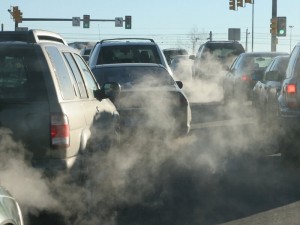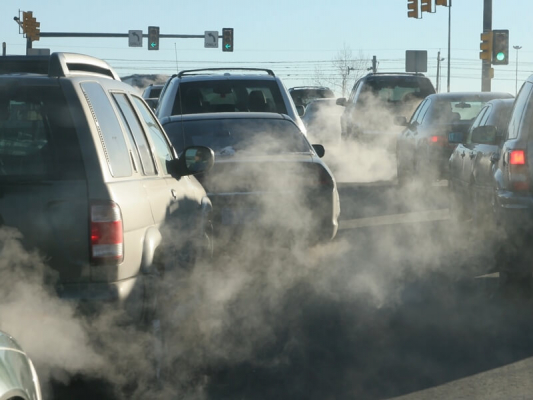fines on polluting diesel vehicles
The Constitution, Law, and Justice Committee approved the activation of a decree to increase fines on polluting diesel vehicles. According to the order, driving a polluting vehicle without a label will incur a fine of NIS 500 for individuals and NIS 1,000 for corporations, with double the fine for repeat offenses. For operating an old heavy vehicle without a particle filter, the fine will be NIS 3,000 for individuals and NIS 6,000 for corporations, with double the fine for repeat offenses. These fines will be imposed on vehicle owners who are stopped for driving without a particle filter or a “polluting vehicle” sticker, even if they were required to have one.
The Ministry of Environmental Protection submitted the order for the committee’s approval as part of efforts to reduce air pollution from vehicles. The order allows the issuance of fine payment notices for two offenses: driving a polluting vehicle without a “polluting vehicle” sticker, which will result in a fine of NIS 500 for the first offense and NIS 1,000 for repeat offenses, and owning vehicles without a particle filter, which will result in a fine of NIS 3,000.
The fines range
The roadside car tests are administered using a device that measures smoke emissions to assess the extent of pollution being emitted. In accordance with Clean Air Law regulations, smoke emissions from vehicles may not persist for more than 20 consecutive seconds.
The car licenses of the 20 vehicles ordered off the road during the roadside checks were immediately invalidated. These licenses can only be reinstated once the malfunction is repaired and the car passes a subsequent test. Afterward, the owners will need to obtain a new license from the Licensing Bureau.
In addition to the 20 cars that were taken off the road, officials issued 18 reports to drivers for unusual air pollution and other safety deficiencies discovered during the inspection. These deficiencies included worn tires, improper brake systems, malfunctioning headlights, and more.
Fines range from NIS 250 to NIS 1,000, depending on the violation and deficiency found.
the list of GHG:
Greenhouse gases (GHGs) are a group of compounds that are able to trap heat (infrared radiation) in the earth’s atmosphere, thereby contributing to the greenhouse effect. To explain this in a straightforward manner, let’s think about a greenhouse made of glass. Sunlight enters the greenhouse, warms the plants and air inside, but the heat is trapped by the glass. Similarly, greenhouse gases in Earth’s atmosphere trap the sun’s heat.
Here are some of the primary greenhouse gases:
1. **Carbon Dioxide (CO2)**: This is the most widely discussed greenhouse gas. It is primarily produced by burning fossil fuels (like coal, oil, and natural gas), as well as through other processes such as deforestation, and the production of cement. An analogy for CO2’s role could be likened to wrapping yourself in a thick blanket. It effectively traps your body heat by preventing it from escaping.
2. **Methane (CH4)**: Methane is far more effective at trapping heat than CO2, but it stays in the atmosphere for a shorter time. Major sources include landfills, the oil and natural gas industry, and agriculture—especially from the digestive systems of grazing animals. Imagine methane as a very thick, but shorter-lived, blanket compared to CO2.
3. **Nitrous Oxide (N2O)**: This potent gas comes from agricultural and industrial activities, as well as combustion of fossil fuels and solid waste. Nitrous oxide could be thought of as a smaller, but very effective, heat patch that holds onto warmth incredibly well, even though much less of it exists.
4. **Fluorinated Gases**: These are synthetic gases that come from industrial processes. They are not widely found in nature but are very potent in their greenhouse effect and can remain in the atmosphere for thousands of years. You can imagine them as highly specialized and persistent heat traps, like an insulated thermos flask that keeps coffee hot for a very long time.
The analogy overall: If Earth were a house, greenhouse gases are like various forms of insulation that trap the sun’s heat inside our home. Without any insulation (greenhouse gases), Earth would be too cold. However, too much insulation leads to overheating, which is what is happening with global warming.
Before delving deeper into the impact of these gases on global warming or their sources, it’s helpful to know: How familiar are you with the concept of the electromagnetic spectrum and how Earth receives energy from the sun? This will help in understanding why these gases specifically trap heat.



